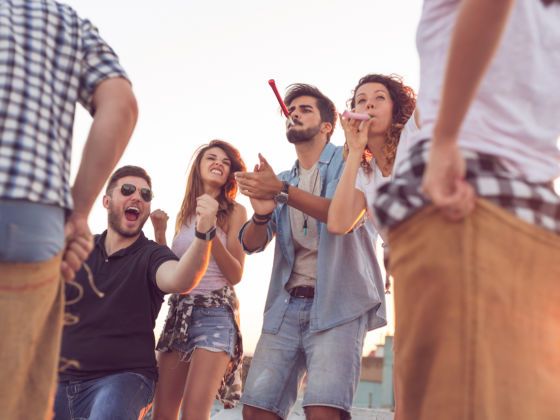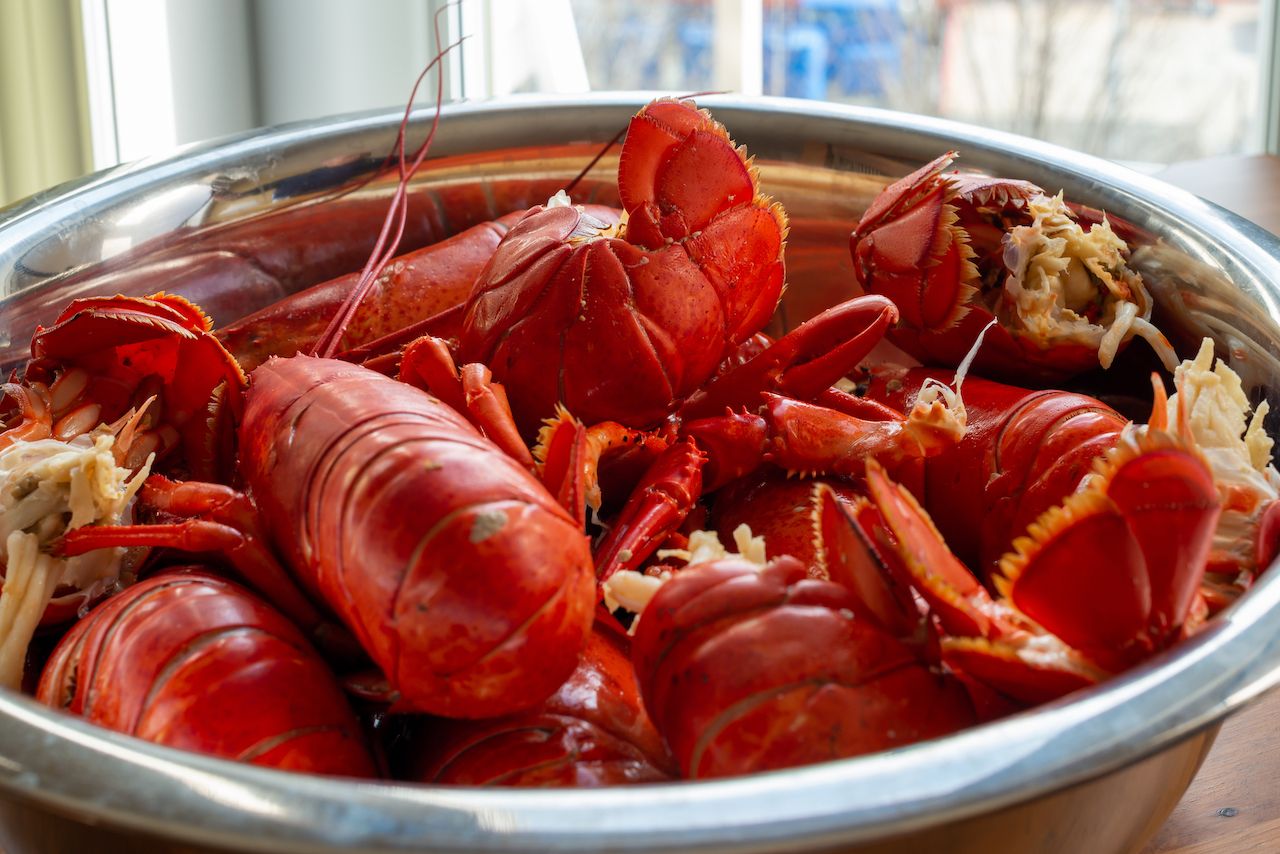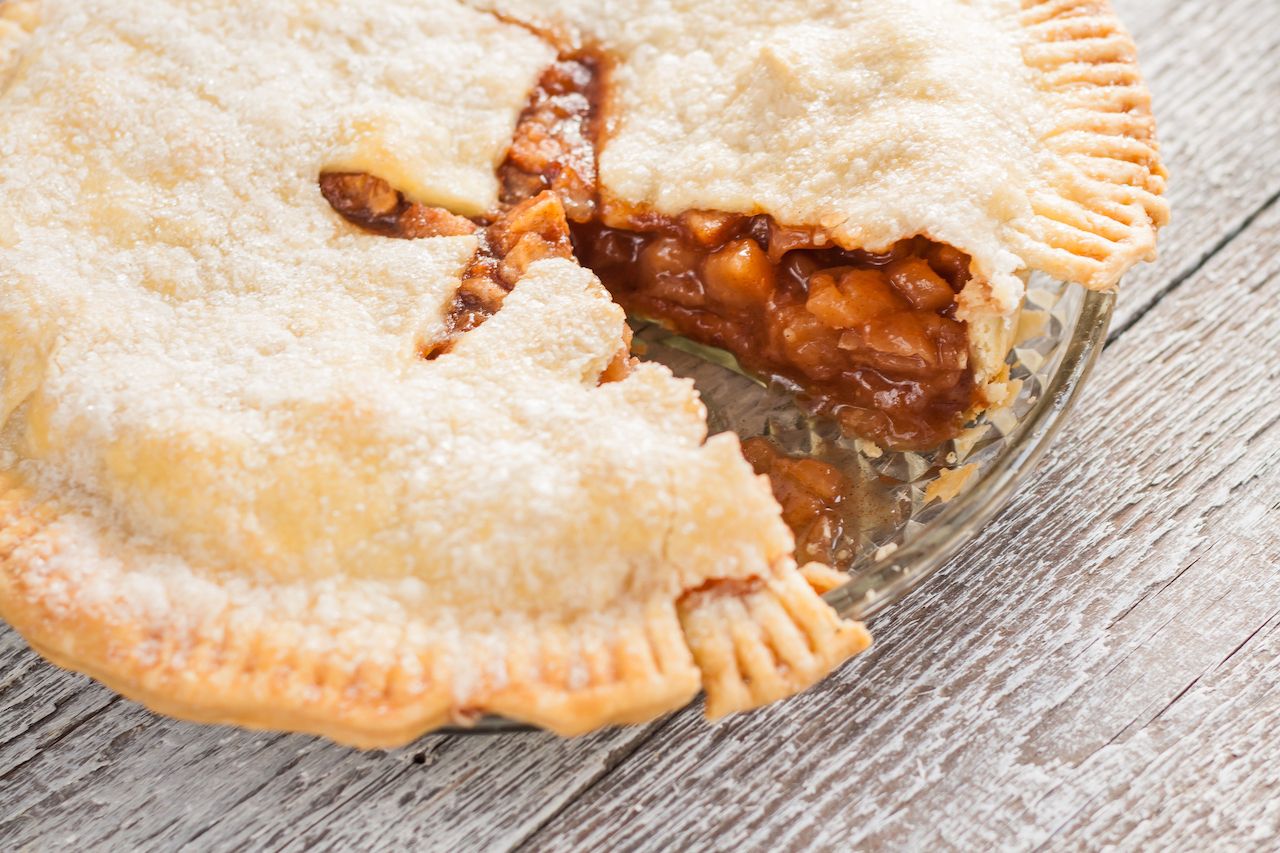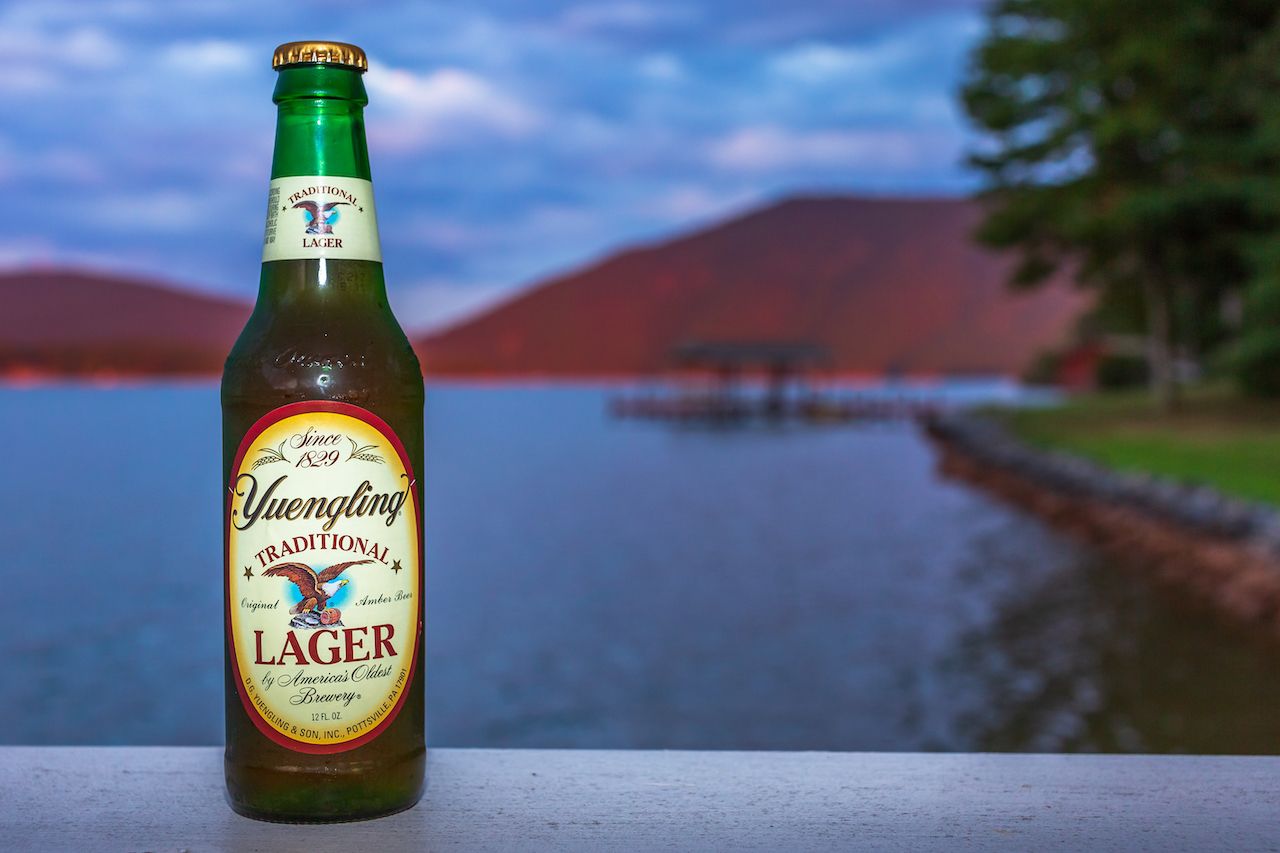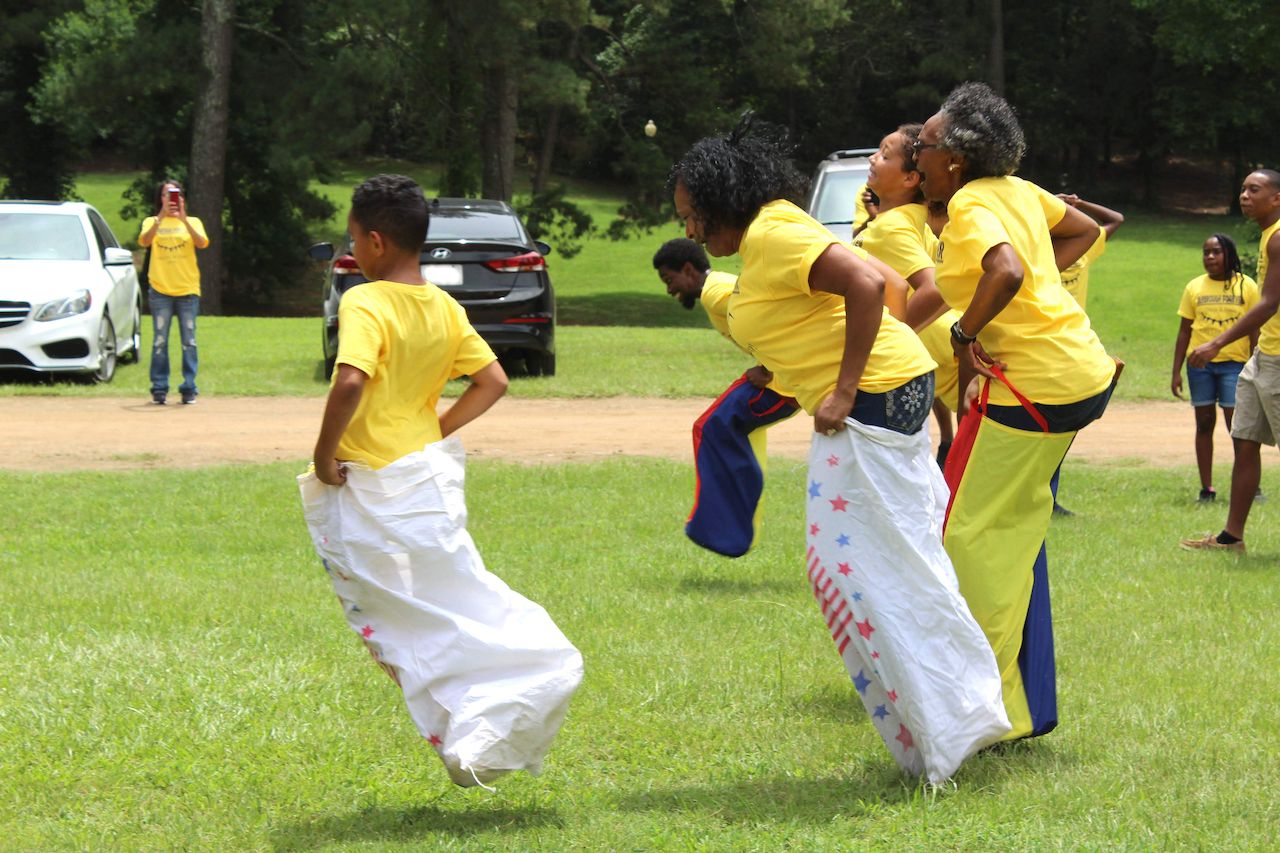If John Adams had it his way, we’d all be celebrating the Second of July.
In a letter to his wife Abigail, dated July 3, 1776, Adams predicted that the day the Continental Congress declared independence from Great Britain would go down in history as America’s greatest, and be celebrated accordingly. “It ought to be solemnized with Pomp and Parade, with Shews, Games, Sports, Guns, Bells, Bonfires, and Illuminations,” he writes, “from one End of this Continent to the other from this Time forward forever more.”
